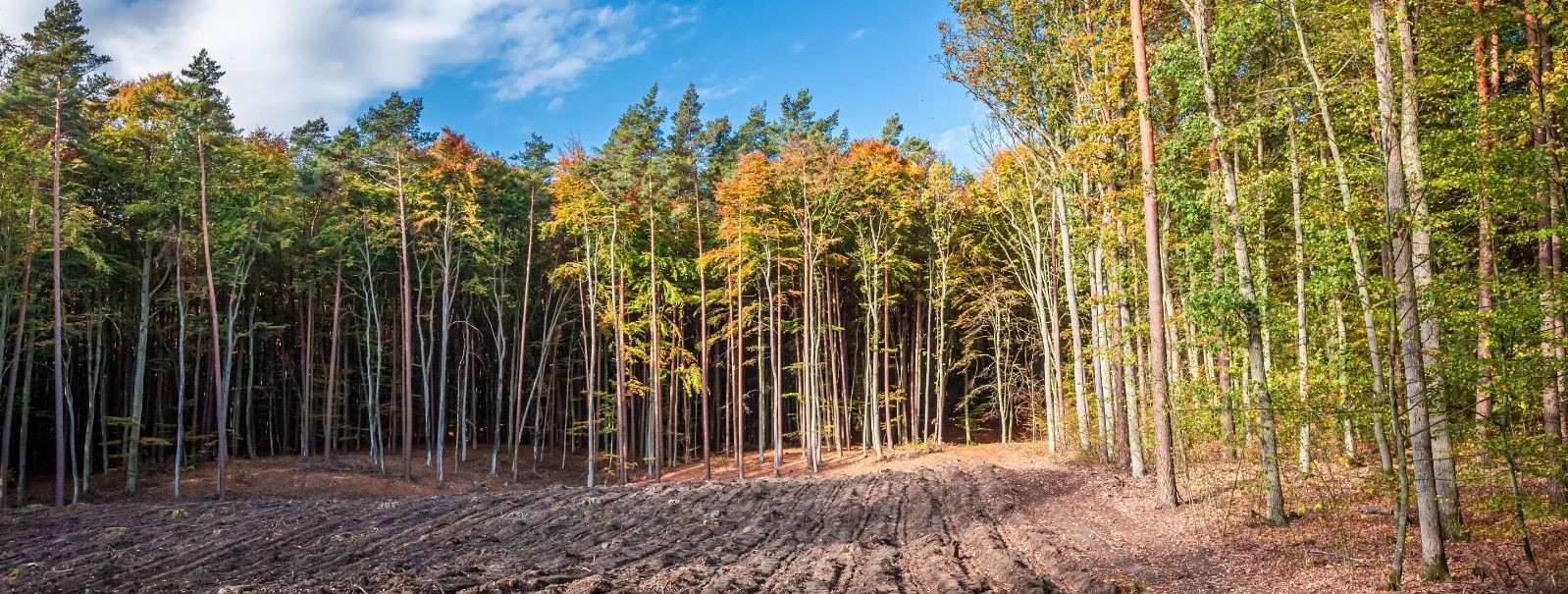How regular maintenance ensures a healthy forest
Forests are vital to our planet's health, providing essential services such as carbon sequestration, oxygen production, and habitat for countless species. They also offer economic and recreational opportunities for communities worldwide. However, like any living ecosystem, forests require care and attention to maintain their health and vitality.
Regular maintenance in the context of forestry involves a series of planned actions aimed at preserving or enhancing forest health and productivity. These actions include monitoring, managing, and protecting forest resources to prevent degradation and ensure their sustainability for future generations.
The Pillars of Forest Maintenance
Continuous observation and assessment of forest conditions are crucial for early detection of potential issues. This includes tracking tree growth, health, and population dynamics, as well as monitoring for signs of disease or pest infestations.
Invasive species can outcompete native flora and fauna, leading to reduced biodiversity and altered ecosystem functions. Effective management strategies are necessary to control these species and protect forest integrity.
Appropriate forest density ensures adequate space for trees to grow and thrive. Thinning practices can reduce competition for resources, improve forest structure, and enhance resilience to environmental stresses.
Soil and water are foundational to forest ecosystems. Conservation practices such as erosion control, buffer zones, and sustainable harvesting methods help maintain these critical resources.
Fire is a natural part of many forest ecosystems, but uncontrolled wildfires can cause extensive damage. Implementing fire management plans, including controlled burns and firebreaks, can help prevent catastrophic wildfires.
Benefits of Regular Forest Maintenance
Maintaining a diverse array of plant and animal species is essential for a healthy forest. Regular maintenance activities support biodiversity by creating habitats and reducing threats to native species.
Healthy forests are better equipped to withstand and recover from disturbances such as storms, droughts, and pests. Maintenance practices play a key role in building this resilience.
Well-maintained forests contribute to the economy by providing raw materials, supporting tourism, and creating jobs. Sustainable forest management ensures these benefits continue over the long term.
Forests offer spaces for recreation and contribute to the scenic beauty of landscapes. Regular maintenance helps preserve these values by keeping forests accessible and visually appealing.
Best Practices in Forest Maintenance
This holistic approach considers the entire ecosystem, including human interactions, to ensure sustainable forest management that benefits all stakeholders.
Forestry professionals, like those at METSAWORKS OÜ, have the expertise to develop and implement effective maintenance plans tailored to specific forest ecosystems.
Reforestation is a critical component of forest maintenance. Sustainable techniques ensure that new plantings contribute to the overall health and diversity of the forest.
Collaboration with local communities and stakeholders fosters a shared responsibility for forest health and encourages the implementation of best practices.
Challenges in Forest Maintenance
Climate change poses significant challenges to forest health, including altering species distributions and increasing vulnerability to pests and diseases. Adaptive management strategies are required to address these challenges.
Limited financial and human resources can hinder effective forest maintenance. Strategic planning and prioritization of actions are necessary to overcome these limitations.
Forest management is often subject to complex policies and regulations. Navigating these effectively is essential for successful maintenance efforts.






Comments (0)